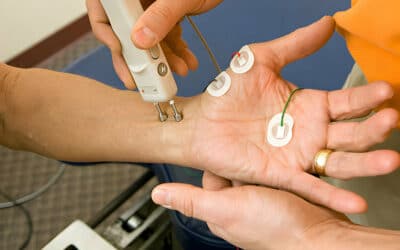Spinal stenosis is a condition that affects your spine, causing the narrowing of your spinal canal. Your spine supports your body and allows you to walk upright. It consists of vertebrae, which are bones that provide stability and protect your spinal cord. Discs are located between vertebrae to cushion them and prevent friction. There are also nerves connecting your spinal cord with other parts of your body.
When you suffer from spinal stenosis, your spinal canal can narrow for a number of reasons. As a result, this can put pressure on your nerves, resulting in a variety of symptoms. Read on to discover the most common symptoms of spinal stenosis, what causes them, and where to get the best treatment.
What Are the Most Common Spinal Stenosis Symptoms?
The symptoms of spinal stenosis depend on the severity of the condition and affected nerves. Some people don’t experience any symptoms at all, and for others, they may come and go periodically. However, most people with spinal stenosis experience symptoms that usually worsen over time. The most common spinal stenosis symptoms include:- Low back pain
- Leg or arm weakness
- Radiating pain that originates in the lower back and travels through your legs
- Numbness
- Tingling
- Coordination issues
- Frequent cramps
- Difficulties maintaining balance
- Loss of bladder or bowel control



